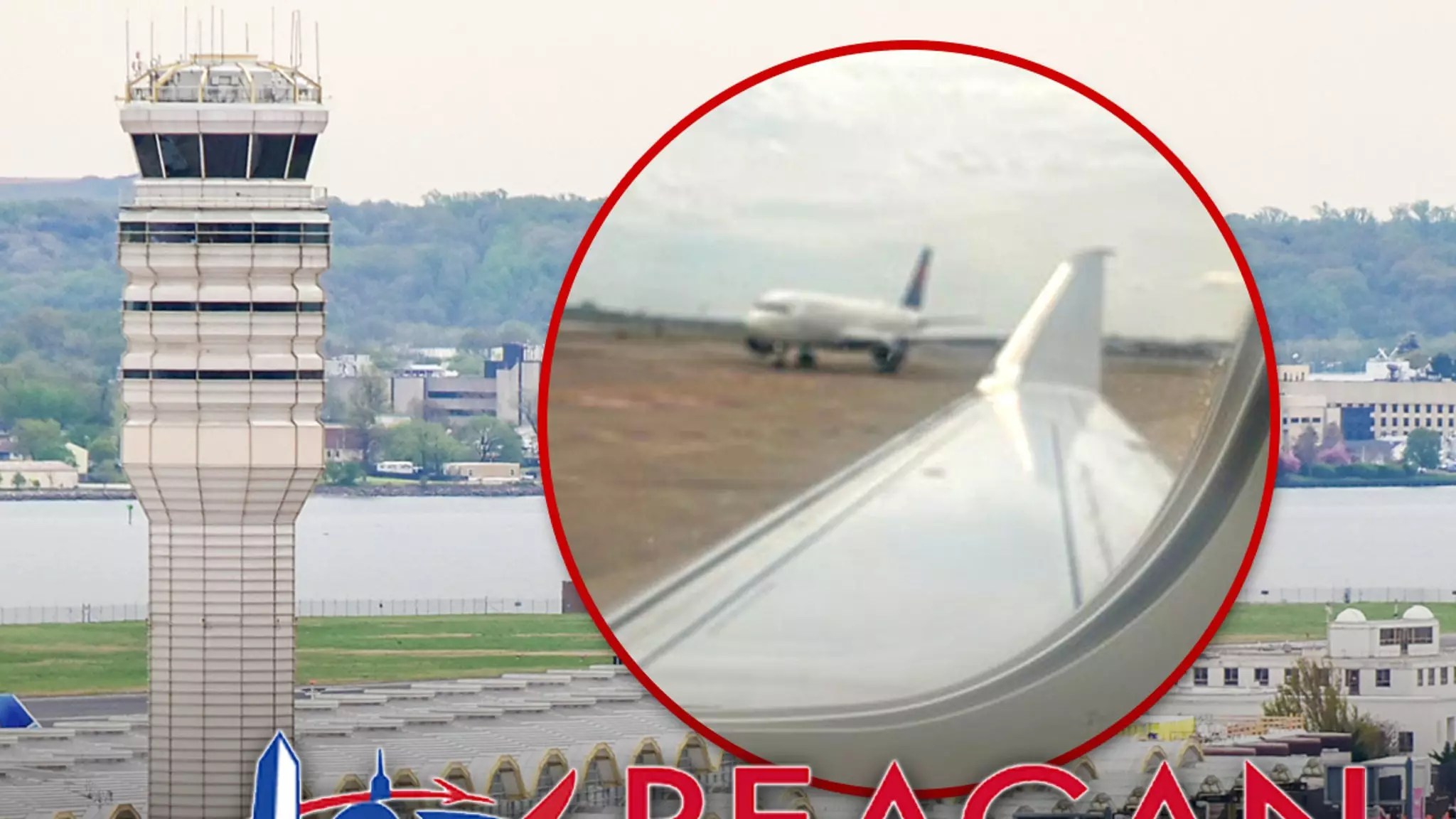Reagan National Airport (DCA) has become a troubling emblem of aviation safety issues, highlighted by a recent incident involving two planes coming dangerously close to each other on the runway. This alarming event, which coincided with an already turbulent year for DCA, raises urgent questions about the safety protocols and oversight in place at one of the nation’s busiest airports. The involvement of members of Congress—especially as they themselves experienced the incident—adds an unusual layer of scrutiny to the already precarious situation.
On Thursday, Representatives Josh Gottheimer and Nick LaLota found themselves in the midst of an unnerving safety breach when another plane supposedly “bumped into” the wing of their aircraft while it was stationary on the tarmac. While thankfully no injuries were reported, the incident highlights ongoing concerns about air-traffic control procedures and the implications of budget cuts at the Federal Aviation Administration (FAA). This accident is not an isolated event; it follows a tragic crash in January when a Blackhawk helicopter collided with a commercial jet, resulting in fatalities and further tarnishing DCA’s reputation.
Impact of Budget Cuts on Safety Standards
The recent misadventures at DCA point towards broader systemic issues concerning the FAA’s budget and its ramifications on airport safety protocols. Both Gottheimer and LaLota, asking why their planes are being put in jeopardy, emphasize a critical need for renewed investment in aviation safety. Their frustration is justified; effective air traffic management is fundamental for maintaining the security of civilian aviation, and any compromise could lead to disastrous consequences. The implications of cutbacks in staffing and operational resources demand urgent reconsideration from lawmakers and federal agencies alike.
As safety technologies advance, it is perplexing to see them rendered ineffective due to administrative shortsightedness. The FAA’s ability to manage air traffic effectively relies not just on technology but also on an adequately staffed and trained workforce. Continuous budget reductions put pilots, passengers, and airport personnel at increased risk, undermining the investments made in safety over previous decades. Such an environment offers fertile ground for close calls and mishaps, and it’s not surprising that these incidents are on the rise when proper oversight and resources are lacking.
A Broader Conversation on Aviation Safety
The recent incidents at DCA serve as a stark reminder of the urgent need for a national conversation about airline safety. While the immediate repercussions of these events seem minimal, they highlight an underlying crisis that cannot be ignored. Constituents expect their representatives to advocate for safe and effective air travel, and it is critical for Congress to address these concerns head-on rather than allowing them to fester.
It is disheartening to witness such repeated failures when the stakes are so high. The power of collective voice from both passengers and lawmakers can catalyze imperative reforms. It is time for our elected officials to prioritize aviation safety and stand firm against complacency that could lead to unthinkable tragedies. Let’s make sure DCA doesn’t become another footnote in a history of avoidable accidents and failures.


Leave a Reply